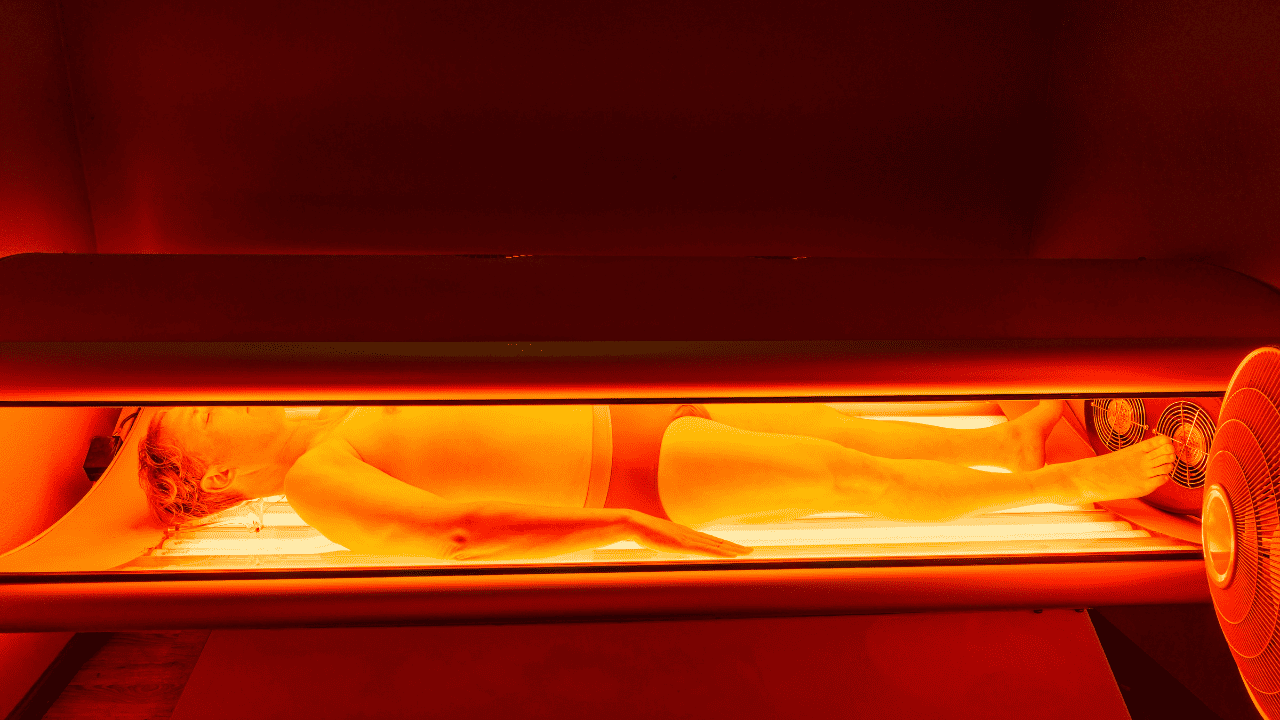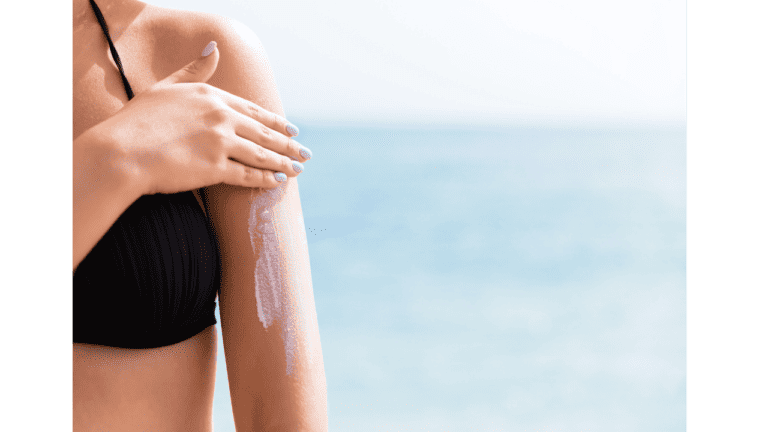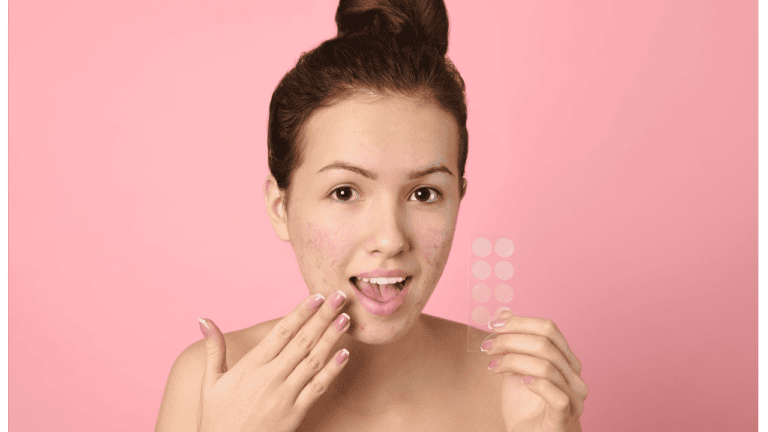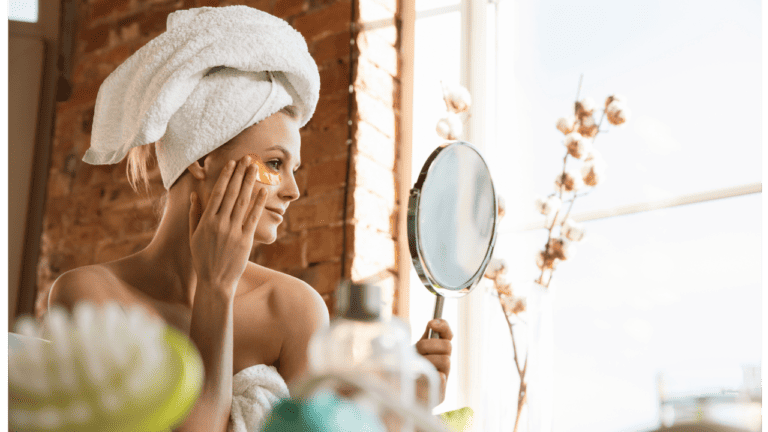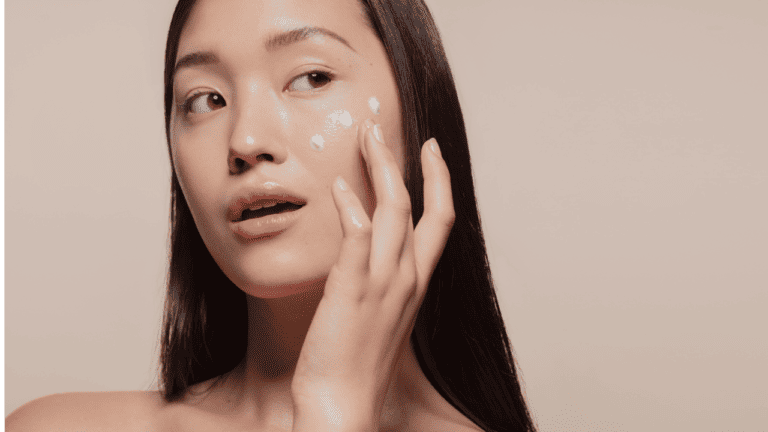Red light therapy, a non-invasive treatment, is gaining popularity in skincare and healing. Central to its benefits are two proteins, collagen and elastin, which play pivotal roles in maintaining youthful and healthy skin.
Key Takeaways
- Red light therapy enhances collagen and elastin production, improving skin health.
- It’s a safe, non-invasive method suitable for various skin types.
- Consultation with a healthcare provider is advised for optimal and safe use.
Understanding Red Light Therapy
Historical and Modern Uses
Traditionally used for plant growth, red light therapy has evolved into a preferred method for skin rejuvenation. Its ability to penetrate deep into the skin without causing damage makes it a sought-after treatment in modern dermatology.
The Science Behind Collagen and Elastin

Collagen and Elastin give us structure and flexibility
Collagen provides skin strength and structure, while elastin ensures flexibility. As we age, the natural production of these proteins decreases, leading to wrinkles and sagging skin. We often hear about collagen in the skincare industry but elastin is just as important, without elastin our skin would be unable to stretch without sustaining damage. This is why as we age, and elastin decreases, when our skin is tugged and pulled it begins to accumulate wrinkles.
The Aging Process
Aging impacts the body’s ability to produce collagen and elastin. This decline is a natural process, but external factors like sun exposure and lifestyle choices can accelerate it.
Interplay between Red Light Therapy, Collagen, and Elastin

Stimulating Production
Red light therapy has been shown to stimulate the production of collagen and elastin. It does so by penetrating the skin’s surface and encouraging cellular rejuvenation and repair. It stimulates our bodies mitochondria which are power houses that give energy to other cells in our body, for example cells that help to repair our skin and in turn this gives our skin a boost and rejuvenates it.
Scientific Evidence
Studies have consistently shown that red light therapy can enhance skin elasticity and reduce signs of aging by boosting collagen and elastin levels.
- Read More: Red Light Therapy: Stunning Before And After Transformations
- Read More: The Ultimate Guide To Red Light Therapy For Skincare: Unlock Radiant, Youthful Skin
Benefits for Skin Health

Improved Skin Texture and Reduced Aging Signs
With Red Light Therapy one can expect over time according to studies, increased collagen and elastin, which lead to firmer, smoother skin, and a noticeable reduction in wrinkles and fine lines.
Incorporating Red Light Therapy into Your Routine
Practical Advice
Integrating red light therapy into a skincare routine can be done through professional treatments or at-home devices, depending on individual preferences and needs.
Availability
The therapy is widely accessible, both in dermatology clinics and as home-use devices, making it a convenient option for most people.
Safety and Considerations
Safety Aspects
Red light therapy is generally safe, but it’s essential to use the equipment as directed to avoid potential side effects.
Who Should Avoid
Pregnant women, those with light sensitivity, or individuals with certain medical conditions should consult a healthcare provider before starting red light therapy.
Conclusion
Red light therapy offers a promising solution to enhance skin health by boosting collagen and elastin. It’s a safe, non-invasive treatment that suits various skin types and ages.
FAQs
How often should I use red light therapy for the best results?
Frequency can vary, but most experts recommend 2-3 times per week. However, it’s best to follow specific guidelines based on the device or professional advice.
Can red light therapy reverse aging?
While it cannot reverse aging, red light therapy can significantly reduce the signs of aging by enhancing skin elasticity and reducing wrinkles.
Is red light therapy suitable for all skin types?
Yes, it’s generally suitable for all skin types, but individuals with specific skin conditions should consult a dermatologist before use.
